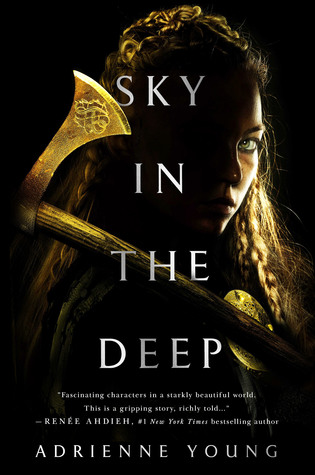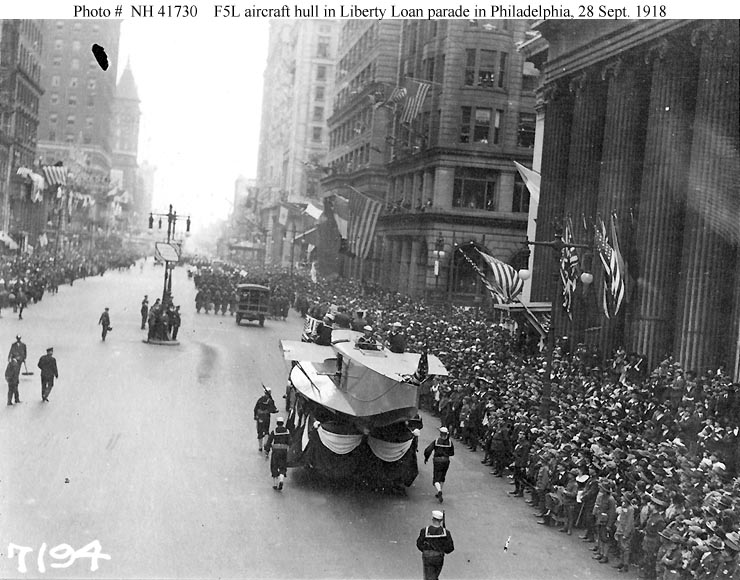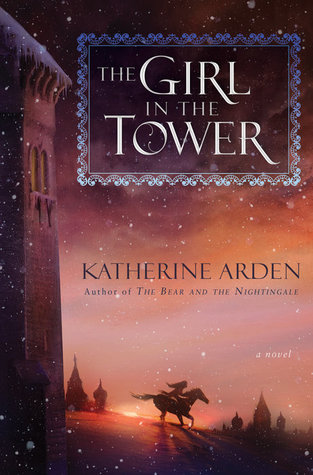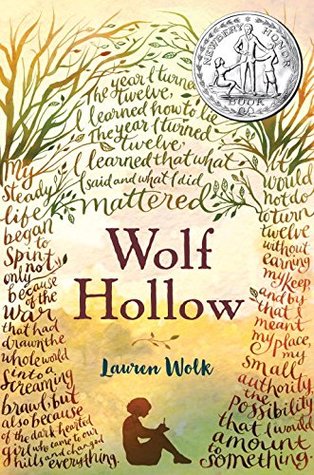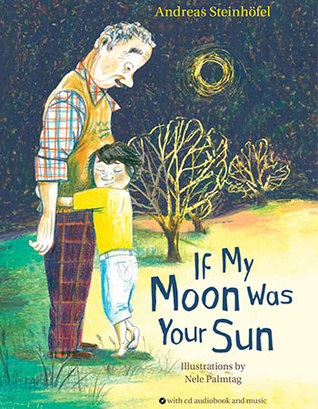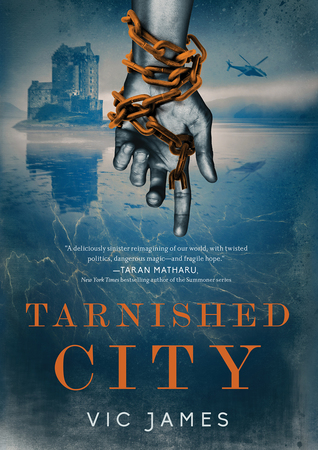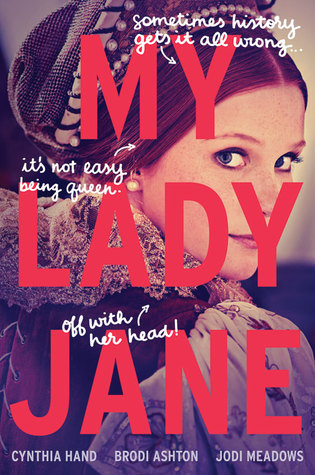Did you know there were Chinese who fought in WWI? Me either! It was mostly a diplomatic move. The Chinese government want a place a the peace table; they wanted the world to know they could play with the big guys.
At first the British government refused the offer but after a huge loss at Somme they realized they needed warm bodies to load trains, build roads and clear battlefields. The British started recruiting in the northeastern portion of China and tens of thousands of poor peasants decided to try their luck in Europe.
""I would not even shrink from the word Chinese for the purpose of
carrying out the war,” said Winston Churchill, a member of parliament 24
years before he became prime minister. “These are not times when people
ought in the least to be afraid of prejudices.”"
The first wave of Chinese (about 40,000) arrived at the Western Front in 1916 and were taken in with the French Army. The second wave (about 95,000) joined the British Army in 1917.
The Chinese Labour corp landed in Flanders Field in July 1917.
"They were deployed for the loading of ammunition and goods trains in the
sorting station, for the building of roads, and in ammunition depots.
Their contracts were not terminated when the war came to an end: they
would remain active in the Flanders Fields district until 1919, helping to clear the battlefields, to dismantle railway lines, and to dig up and remove bodies."
1834 Chinese lost their lives during WWI.
"On 15 November 1917, thirteen Chinese labourers lost their lives in a
direct shell hit on the camp in Busseboom (Poperinge). They were buried
near the Roobaertbeek stream; later, their bodies were exhumed and
transferred to Bailleul. Research into those thirteen Chinese workers
has yielded not only their names, but also contact with the families in
China.
On 15 November 2017, a memorial was unveiled at Busseboom to remember the fallen labourers."
I found my information and pictures here:
http://www.visitflanders.com/en/cwrm/stories/chinese-labourers/index.jsp
http://multimedia.scmp.com/ww1-china/
Friday, August 24, 2018
Sunday, June 17, 2018
WWI History ~ The Tunnelers
There is so much history in WWI that I never learned. I learned when it started, possibly the catalyst that started the War to End All Wars and when America officially entered, but I didn't realize how many countries outside of Europe were affected. I thought Lawerence of Arabia was set WAY before 1900's!

Among the 600,000 killed were tunnelers; specialized soldiers who dug tunnels under the German lines. Most were actual miners from Australia, Canada and Britain. They used the tunnels to pack in explosives to blow the enemy defense.
The Germans figured out what was going on and counterattacked with their own tunnelers. Sometimes fighting went on deep underground.
One of the biggest victories was when Hill 60 was taken in the Battle of Messines (Battle of the Mines or The Mine Battle):

"Hill 60 was captured by the 11th Battalion West Yorkshires on 7 June 1917 during the Battle of Messines, when two huge mines were blown; one on the Hill itself which was a charge of more than 53,000 lbs blown by the 1st Australian Tunnelling Company, whose memorial is on the Hill, who also blew the neighbouring Caterpillar Crater...
The surprise, the impact and the chaos amongst the Germans were complete. It was the most important Allied military victory of the war up to that point. The Messines-Wijtschate salient was eliminated. Units from Ireland, New Zealand and Australia took part in the battle...
The hill remained behind the British lines, and in early 1918, Australian Engineers built an Observation Bunker on the eastern side, with good views across Battle Wood towards Hollebeke. The Hill fell into German hands again during the Battle of the Lys in April 1918, and was recaptured by British troops, with American units on their flanks, in the Fourth Battle of Ypres in September 1918."
I found this information and pictures here:
http://www.visitflanders.com/en/cwrm/stories/tunnellers/index.jsp

Among the 600,000 killed were tunnelers; specialized soldiers who dug tunnels under the German lines. Most were actual miners from Australia, Canada and Britain. They used the tunnels to pack in explosives to blow the enemy defense.
The Germans figured out what was going on and counterattacked with their own tunnelers. Sometimes fighting went on deep underground.
One of the biggest victories was when Hill 60 was taken in the Battle of Messines (Battle of the Mines or The Mine Battle):

"Hill 60 was captured by the 11th Battalion West Yorkshires on 7 June 1917 during the Battle of Messines, when two huge mines were blown; one on the Hill itself which was a charge of more than 53,000 lbs blown by the 1st Australian Tunnelling Company, whose memorial is on the Hill, who also blew the neighbouring Caterpillar Crater...
The surprise, the impact and the chaos amongst the Germans were complete. It was the most important Allied military victory of the war up to that point. The Messines-Wijtschate salient was eliminated. Units from Ireland, New Zealand and Australia took part in the battle...
The hill remained behind the British lines, and in early 1918, Australian Engineers built an Observation Bunker on the eastern side, with good views across Battle Wood towards Hollebeke. The Hill fell into German hands again during the Battle of the Lys in April 1918, and was recaptured by British troops, with American units on their flanks, in the Fourth Battle of Ypres in September 1918."
I found this information and pictures here:
http://www.visitflanders.com/en/cwrm/stories/tunnellers/index.jsp
Tuesday, May 1, 2018
SKY IN THE DEEP by Adrienne Young
Raised to be a warrior,
seventeen-year-old Eelyn fights alongside her Aska clansmen in an
ancient rivalry against the Riki clan. Her life is brutal but simple:
fight and survive. Until the day she sees the impossible on the
battlefield — her brother, fighting with the enemy — the brother she
watched die five years ago.
Faced with her brother's betrayal, she must survive the winter in the mountains with the Riki, in a village where every neighbor is an enemy, every battle scar possibly one she delivered. But when the Riki village is raided by a ruthless clan thought to be a legend, Eelyn is even more desperate to get back to her beloved family.
She is given no choice but to trust Fiske, her brother’s friend, who sees her as a threat. They must do the impossible: unite the clans to fight together, or risk being slaughtered one by one. Driven by a love for her clan and her growing love for Fiske, Eelyn must confront her own definition of loyalty and family while daring to put her faith in the people she’s spent her life hating.
https://www.goodreads.com/review/show/2375139750
Faced with her brother's betrayal, she must survive the winter in the mountains with the Riki, in a village where every neighbor is an enemy, every battle scar possibly one she delivered. But when the Riki village is raided by a ruthless clan thought to be a legend, Eelyn is even more desperate to get back to her beloved family.
She is given no choice but to trust Fiske, her brother’s friend, who sees her as a threat. They must do the impossible: unite the clans to fight together, or risk being slaughtered one by one. Driven by a love for her clan and her growing love for Fiske, Eelyn must confront her own definition of loyalty and family while daring to put her faith in the people she’s spent her life hating.
Opening line:
""They're coming.""
I want to add so much more to that opening line because there is so much more!
The book opens with the Aska and the Riki fighting. Why? We don't really know except it's like two tribes battling it out in an age-old war. These clans are raised, both boys and girls, knowing they will train as warriors because they will fight the enemy.
Eelyn is the kick butt heroine of the story; she's strong, smart and loyal to her family and clan. But her character isn't in your face with how awesome she is. She fights because this is all she knows, because she is protecting her family and because this fight, or death, will bring honor.
But something goes wrong in this opening battle--Eelyn thinks she sees her dead brother fighting for the enemy. This starts the path of self-discovery she is at forced first to take, then she discovers many life lessons on her own.
The characters were well written and I cared for them and their families. I LOVED how much family was important in this book--both blood and chosen!
The world was easy to read and understand. Harsh climates, harsh living, trying to stay alive were part of the world building and done well.
The romance was Spot. On. I felt it was very realistic and I loved it. I loved when the dimples finally came out in a smile. SWEET
Overall, this was a great, un-put-downable read. There is a lot of fighting in this book (because that is what they know to do) but I didn't think it was graphic. No swearing. Some kissing. I feel comfortable recommending this book!
Thanks to netgalley and Wednesday Books for the early read!
""They're coming.""
I want to add so much more to that opening line because there is so much more!
The book opens with the Aska and the Riki fighting. Why? We don't really know except it's like two tribes battling it out in an age-old war. These clans are raised, both boys and girls, knowing they will train as warriors because they will fight the enemy.
Eelyn is the kick butt heroine of the story; she's strong, smart and loyal to her family and clan. But her character isn't in your face with how awesome she is. She fights because this is all she knows, because she is protecting her family and because this fight, or death, will bring honor.
But something goes wrong in this opening battle--Eelyn thinks she sees her dead brother fighting for the enemy. This starts the path of self-discovery she is at forced first to take, then she discovers many life lessons on her own.
The characters were well written and I cared for them and their families. I LOVED how much family was important in this book--both blood and chosen!
The world was easy to read and understand. Harsh climates, harsh living, trying to stay alive were part of the world building and done well.
The romance was Spot. On. I felt it was very realistic and I loved it. I loved when the dimples finally came out in a smile. SWEET
Overall, this was a great, un-put-downable read. There is a lot of fighting in this book (because that is what they know to do) but I didn't think it was graphic. No swearing. Some kissing. I feel comfortable recommending this book!
Thanks to netgalley and Wednesday Books for the early read!
https://www.goodreads.com/review/show/2375139750
Saturday, March 10, 2018
Today, in history, the worse killing spree happened.
Poor Private Gitchell wasn't feeling good. Thinking he had a cold, he made his way to the infirmary where he was stationed awaiting deployment to Europe to fight in the War to End All Wars. Within a few hours, 107 other men were admitted with bad colds as well. By the end of two weeks, 1,127 med were sick.
This strange "cold" turned out to be influenza or the Spanish flu. Within eighteen months, over 500 million people were affected around the world. Out of that ghastly number, 100 million people died. 100 million people died!
During WWI over two thousand soldiers died a day on the Western Front. Over 9 million lost their lives fighting there and about 21 million civilians died. But those numbers seem small in comparison due to one little germ spreading it's nasty disease. A second wave hit America at the end of war, killing more; strangley, it killed young people between the ages of 18 and 35. So if the men and women didn't die in combat, they probably died in bed with the flu.
Experts disagree on where the flue started; some say Canadian lakes, others say pigs wallowing near Fort Riley, or maybe the seaport of Étaples, France, while others suggest it hit Europe when the 'doughboys' arrived from America. But it didn't stop; it came in three more waves, last one being the worse. The crazy thing is, young people between 18 and 35 were affected the worse and most died.
This strange "cold" turned out to be influenza or the Spanish flu. Within eighteen months, over 500 million people were affected around the world. Out of that ghastly number, 100 million people died. 100 million people died!
During WWI over two thousand soldiers died a day on the Western Front. Over 9 million lost their lives fighting there and about 21 million civilians died. But those numbers seem small in comparison due to one little germ spreading it's nasty disease. A second wave hit America at the end of war, killing more; strangley, it killed young people between the ages of 18 and 35. So if the men and women didn't die in combat, they probably died in bed with the flu.
Experts disagree on where the flue started; some say Canadian lakes, others say pigs wallowing near Fort Riley, or maybe the seaport of Étaples, France, while others suggest it hit Europe when the 'doughboys' arrived from America. But it didn't stop; it came in three more waves, last one being the worse. The crazy thing is, young people between 18 and 35 were affected the worse and most died.
"On September 28, 200,000 people gathered for a fourth Liberty Loan
Drive. Funding the war effort and showing one’s patriotic colors took
precedence over concern for public health. Just days after the parade,
635 new cases of influenza were reported. Two days later, the city was
forced to admit that epidemic conditions did indeed exist. Churches,
schools, and theaters were ordered closed, along with all places of
“public amusement.” Members of the press condemned the closings as a
violation of common sense and personal freedom. Meanwhile, the ranks of
the sick and dying continued to grow. By mid-October, their numbers ran
into the hundreds of thousands. Hospitals quickly reached capacity.
Church parish houses and state armories doubled as shelters for the
sick."
Thursday, March 8, 2018
Happy Women's Day! WWI Style
Women
came out in force when the men left for war. They worked in factories,
ran phones, worked gardens, drove ambulances, became unlicensed doctors,
psychiatrist and nurses. WWI changed the view of the world for
everyone, most especially for women. They now knew they really could do
anything. It would a little bit of time for the rest of the world to
catch up with that thought.
Happy day to all my favorite women out there!
You are an inspiration to me and those around you!
Tuesday, January 2, 2018
2017 Reading update!
Subscribe to:
Posts (Atom)
-
Young Adult Giveaway Hop January 29th - February 4th Co-hosted by BookLove101 Welcome to my YA giveaway! I only have ONE req...
-
Today I want to talk about reading. I. Love. To. Read. I really do. This past week, while on a road trip, I read/finished four books. I enj...


